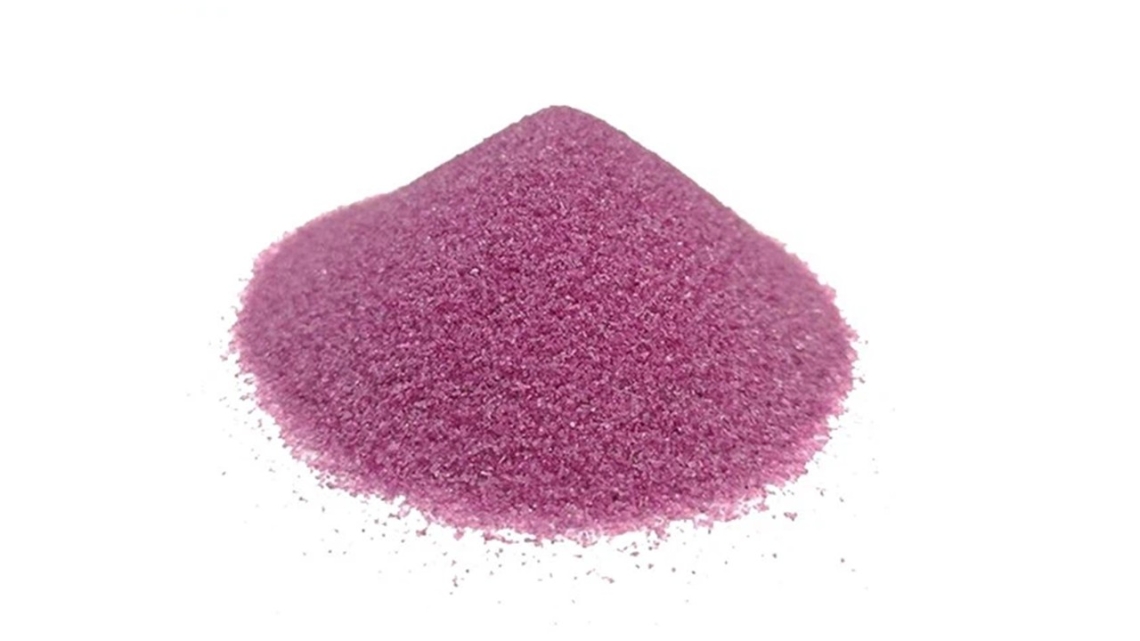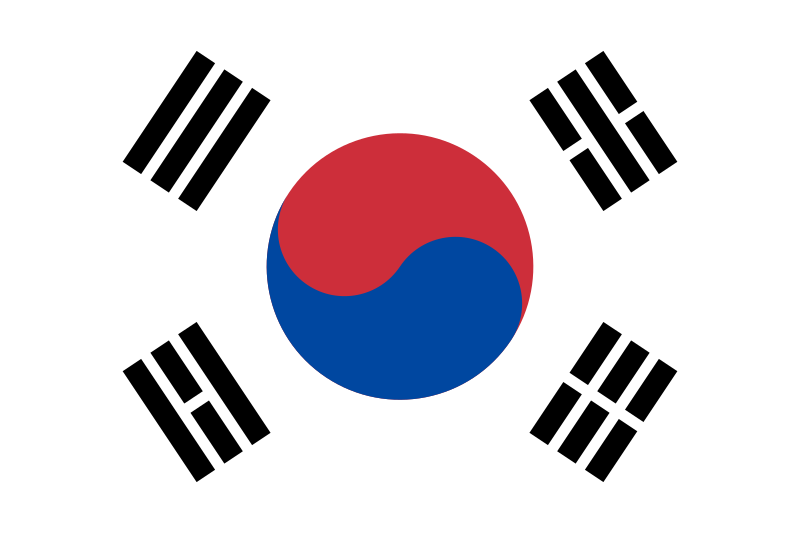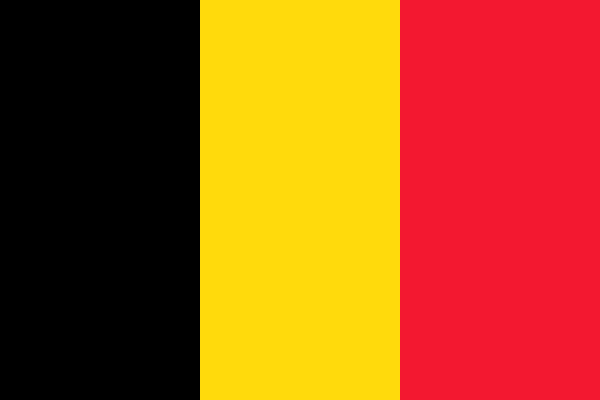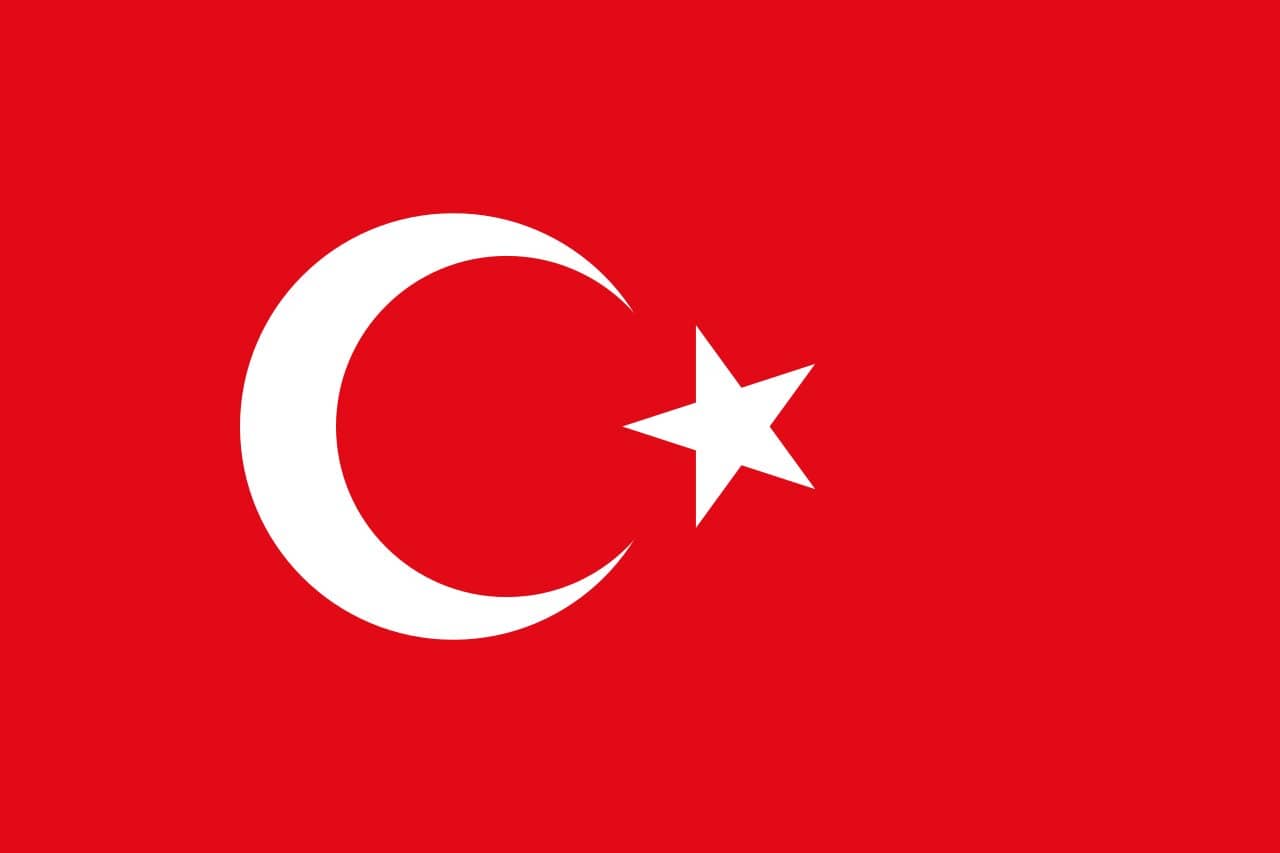Wet blasting (or vapor blasting) is one of the most controllable finishing processes available — enabling precise, repeatable surface finishes for everything from aerospace components to wire and cable products.
One key variable in this process is the choice of abrasive blast media.
Abrasive media are the solid particles responsible for the erosion and abrasion that modifies a surface.
Selecting the right media is important as it has a major impact on final surface finish.
Here’s a quick guide to some commonly used media and their applications:
➡️ Aluminium oxide: Highly aggressive, ideal for removing tough coatings and creating specific surface roughness values. Available in white (sharpest), brown (toughest), and pink (a balance of both). Widely used in aerospace for critical surface prep.
➡️ Glass beads: Spherical in shape, they deliver a smooth, uniform finish — perfect for aesthetic or satin finishes and gentle cleaning without dimension loss. Also used for surface peening.
➡️ Garnet: A versatile, moderate cutting media suitable for metals and composites. Cost-effective and reusable.
➡️ Silicon carbide: Exceptionally aggressive, producing a matte, non-reflective finish. Commonly used in automotive and decorative applications.
➡️ Plastic media: Gentle and non-damaging to softer materials. Effective in paint and grease removal without affecting substrates. Available in various hardness levels, made from recycled materials.
➡️ Stainless steel shot: Excellent for heavy-duty cleaning, peening, and paint removal. Angular versions offer similar cutting power to aluminium oxide.
➡️ Ceramic beads (Zirconia): Tough, durable media for aggressive cleaning and peening with high recyclability and minimal contamination risk.
➡️ Bauxite: Eco-friendly, naturally occurring media for coating removal and corrosion control. Tough and efficient without embedding in substrates.
The importance of size, shape, hardness, density and toughness:
➡️ Particle size affects surface roughness — larger for rougher, smaller for smoother finishes.
➡️ Shape influences the finish — spherical for peening, angular for cutting.
➡️ Hardness and density control cutting power and efficiency.
➡️ Toughness determines recyclability and cost-effectiveness in recirculating systems.
The sheer number of available media types — combined with variables like size, shape, and hardness — makes wet blasting the most versatile and controllable surface finishing method in industrial applications.
While we don’t supply blast media, our team has extensive hands-on experience specifying and working with a wide range of materials, so feel free to contact us for advice.























